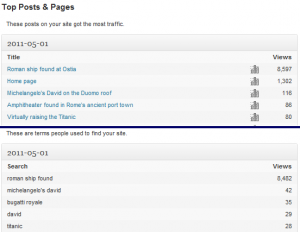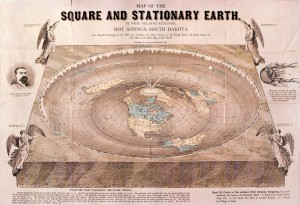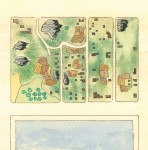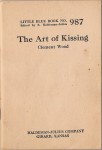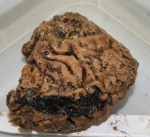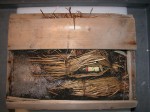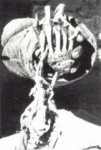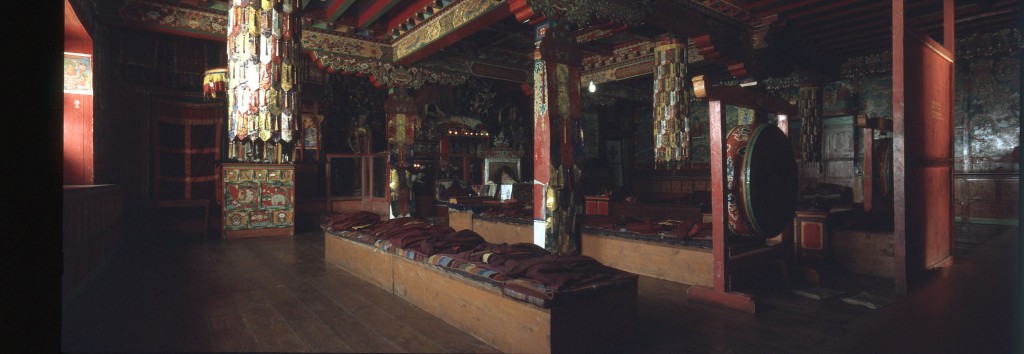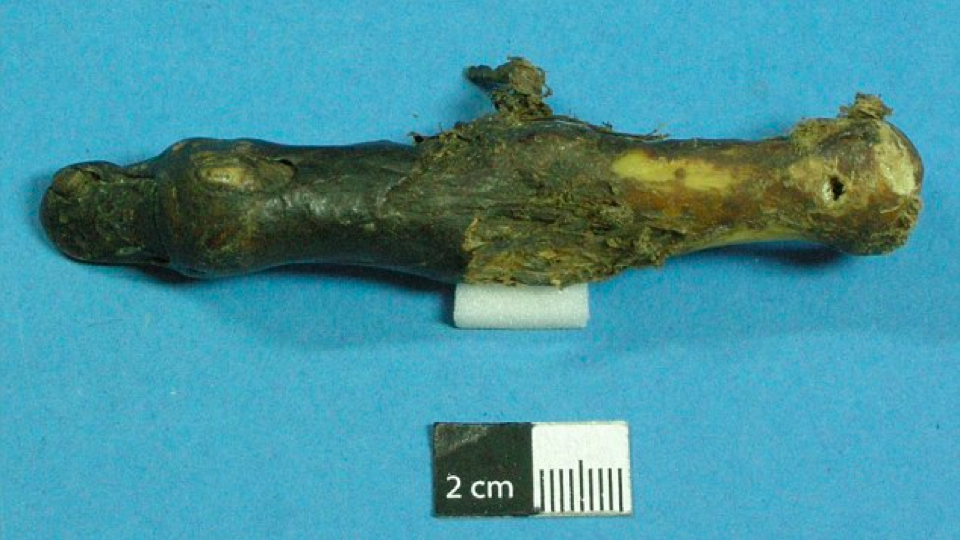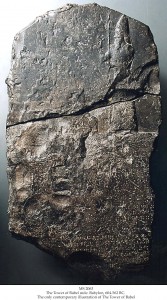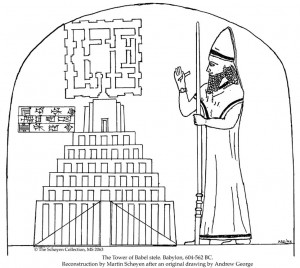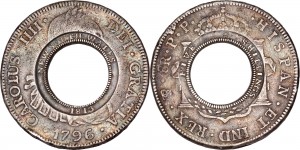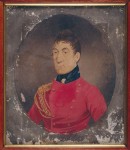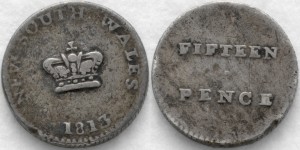 Japanese businessman Yuzo Yagi will donate €1 million ($1.3 million) to restore the tomb of Gaius Cestius, a marble-clad pyramid built in Rome between 18 and 12 B.C. Egyptian style had become a fad in Rome following Octavian’s conquest of Egypt in 30 B.C., and the wealthy Gaius Cestius, who in life had been praetor, tribune of the plebs and a member of the Septemviri Epulonum, a religious college responsible for throwing banquets for the gods, left instructions in his will that a pyramid be built in 330 days to house his remains.
Japanese businessman Yuzo Yagi will donate €1 million ($1.3 million) to restore the tomb of Gaius Cestius, a marble-clad pyramid built in Rome between 18 and 12 B.C. Egyptian style had become a fad in Rome following Octavian’s conquest of Egypt in 30 B.C., and the wealthy Gaius Cestius, who in life had been praetor, tribune of the plebs and a member of the Septemviri Epulonum, a religious college responsible for throwing banquets for the gods, left instructions in his will that a pyramid be built in 330 days to house his remains.
Built out of brick-faced concrete on a foundation of travertine, Cestius’ pyramid is 100 Roman feet (about 97 imperial ones) square at the base and 125 Roman feet (about 120 imperial ones) high, making it an extremely acute pyramid with a very pointy top. White Carrara marble slabs face the exterior which was entirely sealed with no entrance point after Gaius Cestius’ burial. Inside is a frescoed burial chamber that held Cestius’ ashes; it was looted in antiquity and tunneled into by disappointed thieves during the Middle Ages.
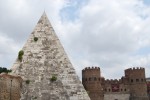 The pyramid was built at the intersection of two Roman roads outside of the city, but as the city expanded the entire structure was incorporated into the Aurelian walls during their construction between 271 and 275 A.D. It’s still embedded in a particularly well-preserved area of the wall next to the Porta San Paolo gate. Getting absorbed by the wall might have been the best thing that ever happened to the pyramid. None of the other crazy vanity pyramids ancient sources mention having been built in Rome have survived.
The pyramid was built at the intersection of two Roman roads outside of the city, but as the city expanded the entire structure was incorporated into the Aurelian walls during their construction between 271 and 275 A.D. It’s still embedded in a particularly well-preserved area of the wall next to the Porta San Paolo gate. Getting absorbed by the wall might have been the best thing that ever happened to the pyramid. None of the other crazy vanity pyramids ancient sources mention having been built in Rome have survived.
The other side of the pyramid abuts the Cimitero Acattolico (the non-Catholic cemetery, also known as the Protestant Cemetery though people of many faiths are buried there) where the Romantic poets Shelley and Keats slumber eternally. It’s one of the most beautiful and fantastical spots in Rome, a favorite of my childhood thanks to the huge colony of semi-feral cats who live at the pyramid’s base. Whenever we were in the area for the San Paolo market, I’d insist we stop so I could look over the railing at the cats.
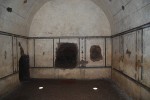 Like many of the most beautiful spots in Rome, the pyramid of Gaius Cestius is in dire need of maintenance. The marble exterior is pollution-blackened, cracked and bristling with vegetation. Water is seeping through the walls and damaging the frescoes, already faded and degraded from millennia of looters/hostile elements, in the burial chamber. Past restorations haven’t been kind to it either. The acid used to clean the exterior in the 1970s left the marble vulnerable to attacks from microorganisms and particulate matter.
Like many of the most beautiful spots in Rome, the pyramid of Gaius Cestius is in dire need of maintenance. The marble exterior is pollution-blackened, cracked and bristling with vegetation. Water is seeping through the walls and damaging the frescoes, already faded and degraded from millennia of looters/hostile elements, in the burial chamber. Past restorations haven’t been kind to it either. The acid used to clean the exterior in the 1970s left the marble vulnerable to attacks from microorganisms and particulate matter.
Restoration work was last done in 2002. Advances in technology since then will allow restorers to use new organic products to clean the surface and protect it from future damage. They also plan to use steel beams 23 feet long to stabilize the marble blocks. While they’re at it, researchers will follow up on some ultrasound data from a few years ago which turned up anomalous blank spots on the inside. They will use endoscopes to explore the anomalies. They’re probably not secret chambers but everyone’s hoping for them anyway.
Yuzo Yagi is the owner of Tsusho Limited, an Osaka-based chain of 400 clothing outlets. He has been doing business in Italy, importing Italian clothes for his stores, for 40 years. All he asks in return for the donation is that a plaque with his name on it be placed near the pyramid. No advertising heinousness. He will sign the official agreement in January and work is slated to begin in April.
 And now, let’s usher in the new year with two wonderfully on-topic verses from Adonais: An Elegy on the Death of John Keats by Percy Bysshe Shelley.
And now, let’s usher in the new year with two wonderfully on-topic verses from Adonais: An Elegy on the Death of John Keats by Percy Bysshe Shelley.
Go thou to Rome–at once the Paradise,
The grave, the city, and the wilderness;
And where its wrecks like shatter’d mountains rise,
And flowering weeds, and fragrant copses dress
The bones of Desolation’s nakedness
Pass, till the spirit of the spot shall lead
Thy footsteps to a slope of green access
Where, like an infant’s smile, over the dead
A light of laughing flowers along the grass is spread;And gray walls moulder round, on which dull Time
Feeds, like slow fire upon a hoary brand;
And one keen pyramid with wedge sublime,
Pavilioning the dust of him who plann’d
This refuge for his memory, doth stand
Like flame transform’d to marble ….


